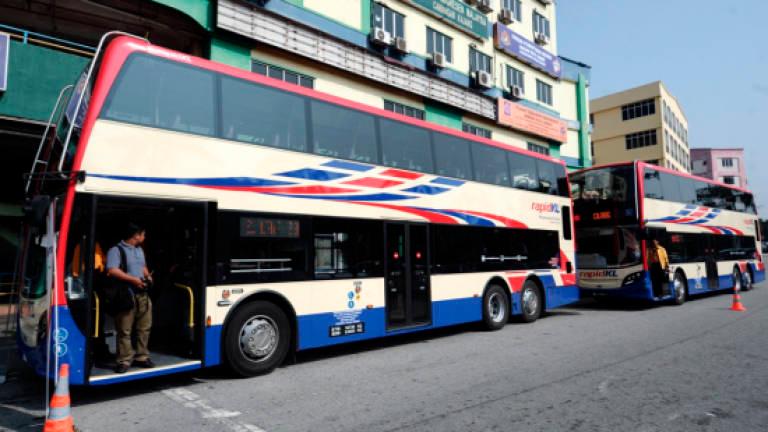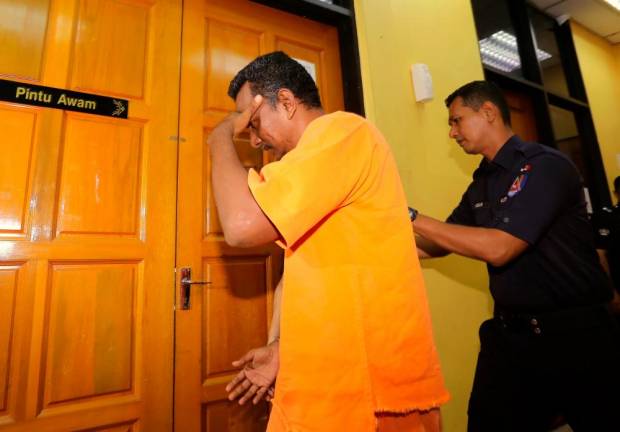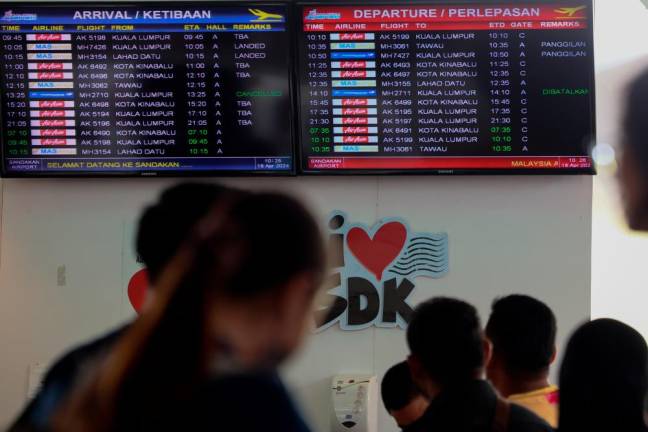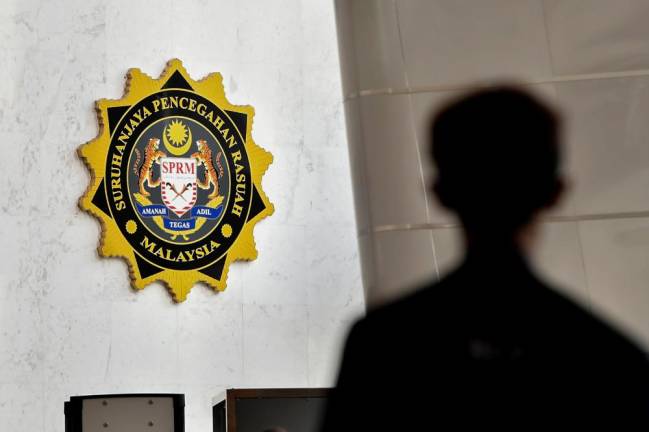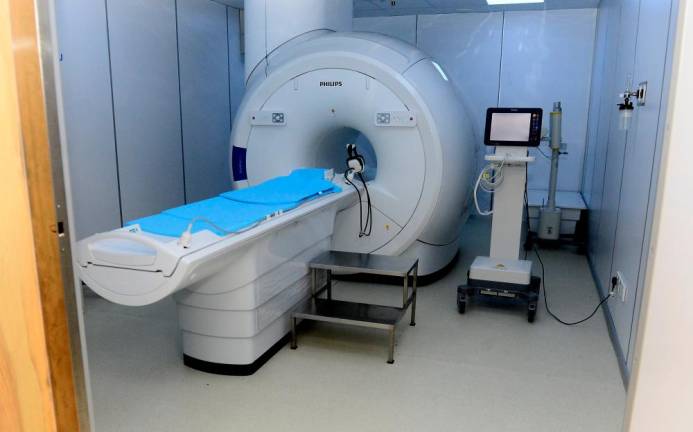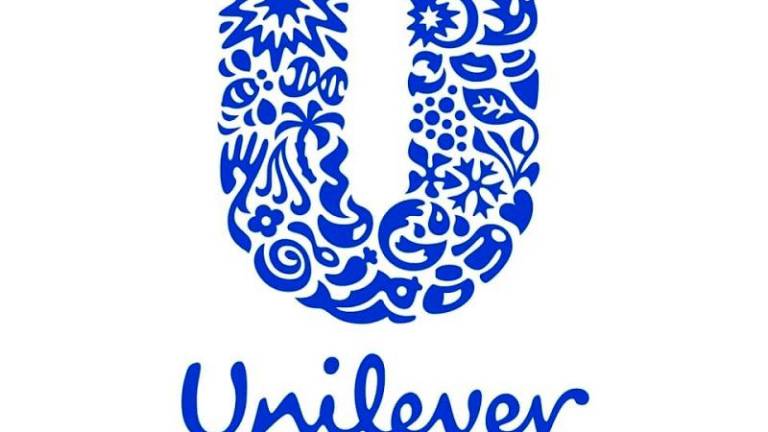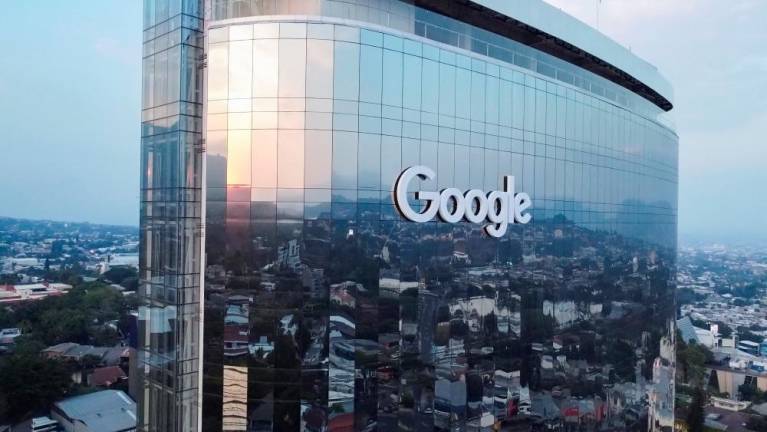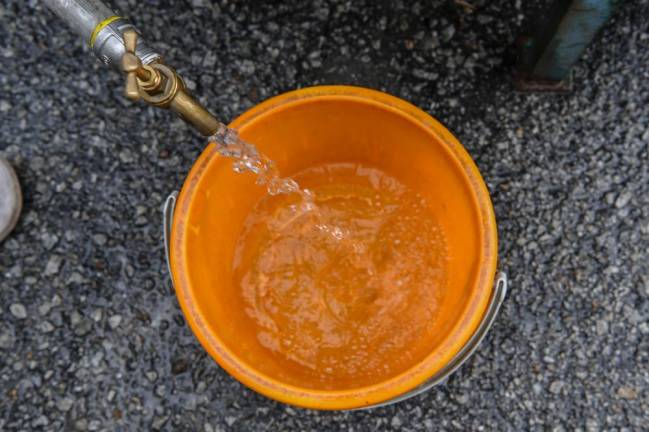ON July 20 night, an ill-fated double-decker express bus with 25 passengers, including a replacement driver, departed from Ipoh to Singapore with a stopover in Kuala Lumpur.
At Lebuhraya Sultan Iskandar in Kuala Lumpur, it crashed into a concrete road divider and landed on its side.
Past midnight, the Kuala Lumpur Fire and Rescue Department received emergency calls and despatched 18 rescue personnel from the Hang Tuah and Sentul stations to the scene.
The responding teams had to break the bus’s front windscreen to extract victims trapped inside the vehicle.
Fortunately, no one was killed, although 19 of the passengers suffered physical injuries while the other five escaped unhurt.
But all were traumatised and went through great anxiety until they were finally brought to the Kuala Lumpur Hospital for medical examination and treatment.
It was reported that checks on the bus driver, who crashed his vehicle, showed that he was not intoxicated or on drugs.
Otherwise, the motor insurance company could repudiate claims from passengers if the bus was driven under the influence of drugs or alcohol.
The Transport Ministry will be conducting an investigation into the accident and both the company and driver will be audited under the Industry Code of Practice (ICOP) safety for bus operators, which has been part of licensing conditions since August 2013.
Punitive actions could be taken against the bus company and driver if investigations found they failed to comply with ICOP.
However, the elephant in the room should also be addressed and that is double-decker buses have been licensed for use for express and excursion services.
In December 2010, the driver of a double-decker bus lost control of his vehicle when going downhill at Cameron Highlands and crashed into a rocky slope, killing 27 people including 25 Thai tourists. It was then the worst road crash in Malaysia.
It prompted me to write the letter “Road Transport: High price of beauty”, which was published on Dec 22, 2010, calling on authorities to limit the use of double-decker buses to city roads and for stage bus operators to introduce them on routes with heavy commuter traffic.
Later, double-decker express and excursion buses were banned on mountainous roads.
In recent years, double-decker stage buses have become a common sight in Kuala Lumpur.
With their passenger capacity about doubled, they are particularly efficient during rush hours.
But not so for express and excursion double-decker buses as passengers are seated on the upper deck, with just a lounge and space to store luggage at the lower deck.
The same facilities are found in high-deck buses, except for the lounge, which is uncomfortable in a moving vehicle.
But why are double-decker buses so alluring when they are least functional?
Their looks are certainly imposing and great for one-upmanship over the competitors, similar to a woman standing on stilettos. However, the price of vanity is often too high.
The woman may twist her ankle and suffer excruciating pain and inconvenience for weeks.
A double-decker bus with a high centre of gravity could easily roll over.
The massive but fragile bus body could collapse in a heavy crash, and both seats and passengers would be compacted.
Even when the bus is fitted with a high-powered engine and brakes to match, the driver can still lose control of a double-decker bus if he has to swerve hard suddenly to avoid something.
Drivers seated higher up on MPVs, SUVs, pickups, lorries and buses may enjoy a commanding view, but taller vehicles with their higher centre of gravity topple more easily than normal cars.
It is time for the authorities to ban double-decker buses from being used for express and excursion services, or at least start by discontinuing them from being licensed under Bas Ekspres and Bas Persiaran.
YS Chan is master trainer for Mesra Malaysia and Travel and Tours Enhancement Course, and an Asean Tourism Master Trainer. He is also a tourism and transport business consultant. Comment: letters@thesundaily.com



